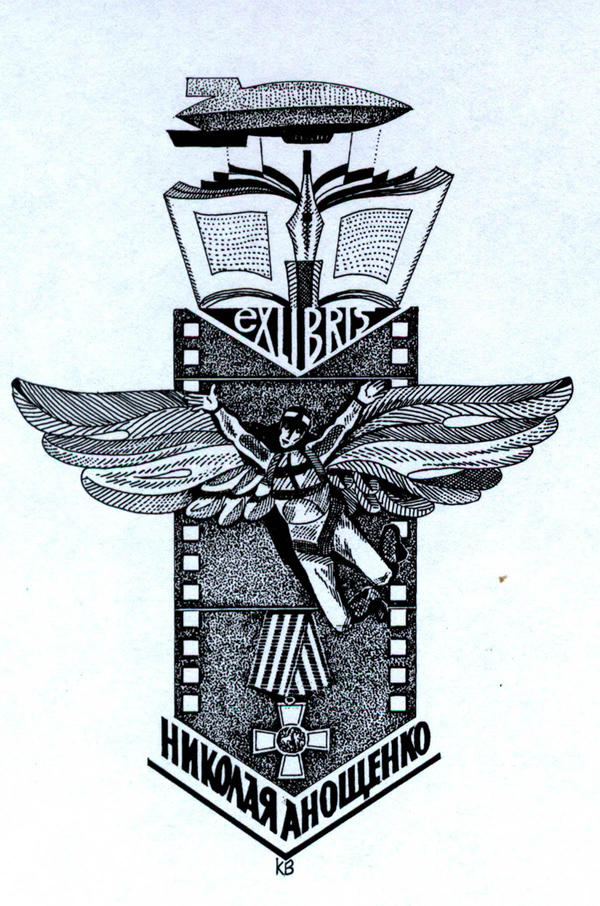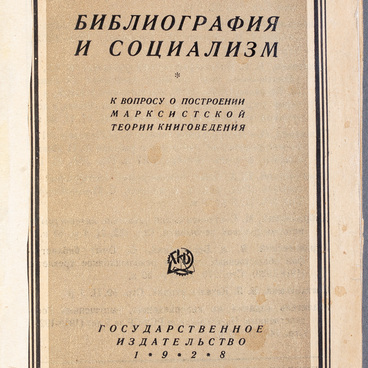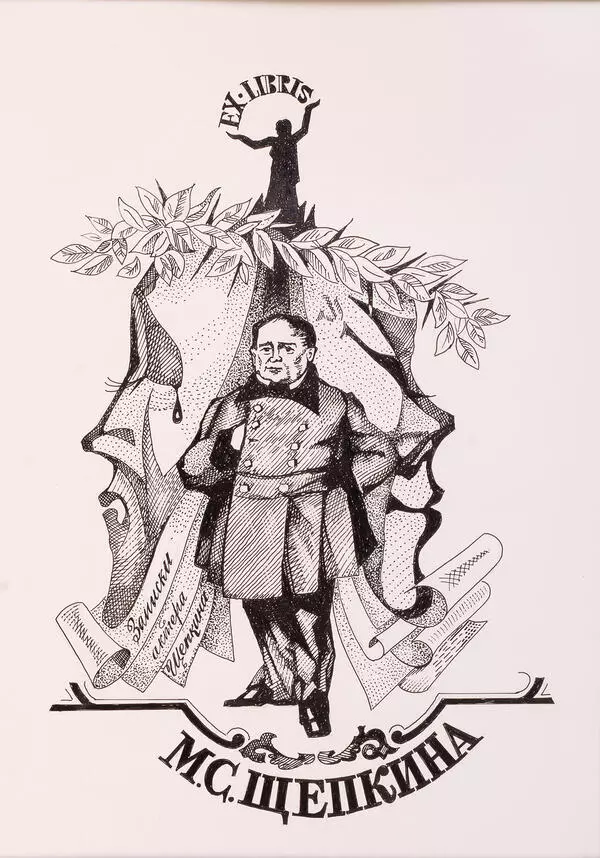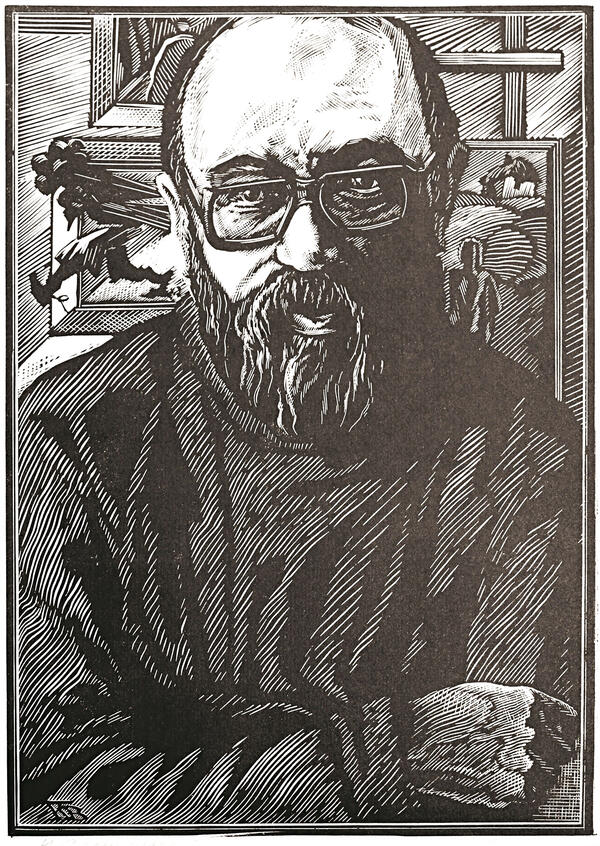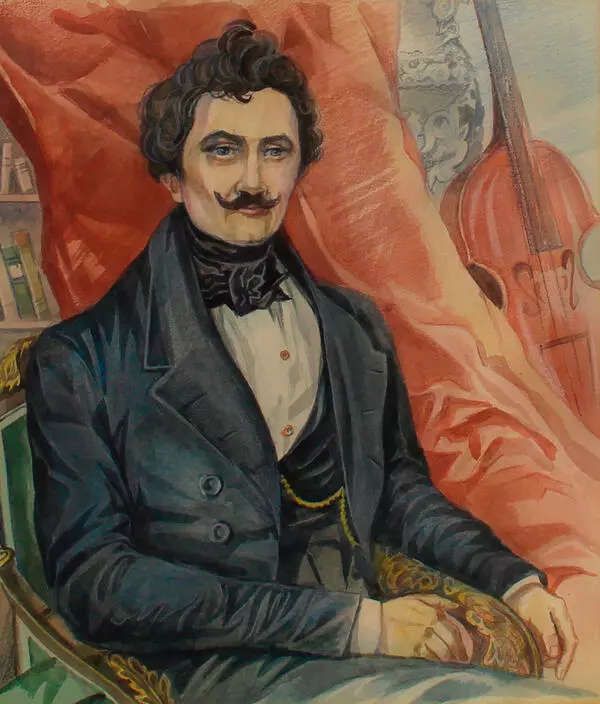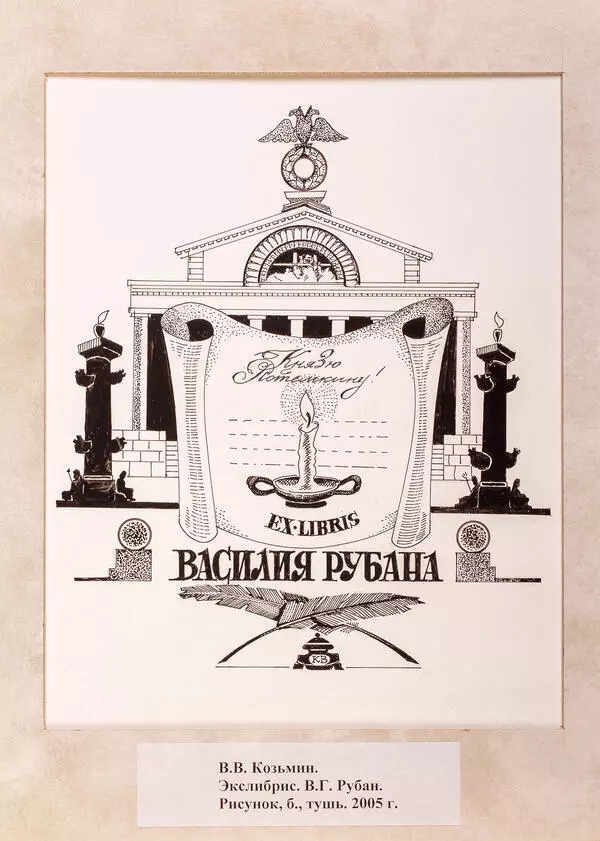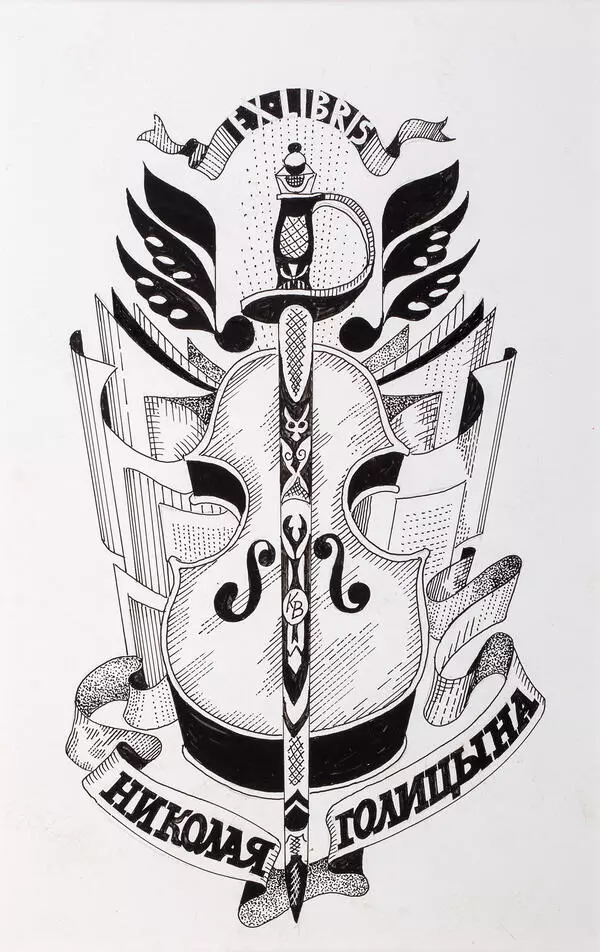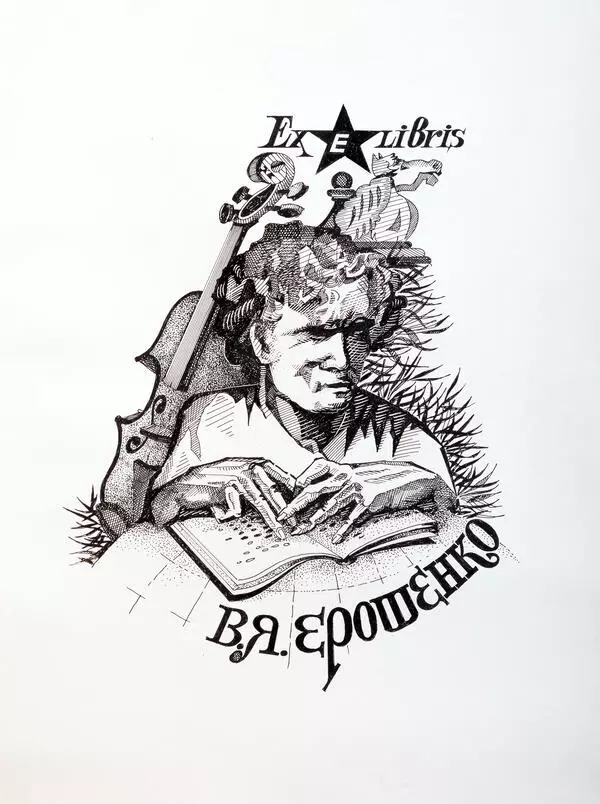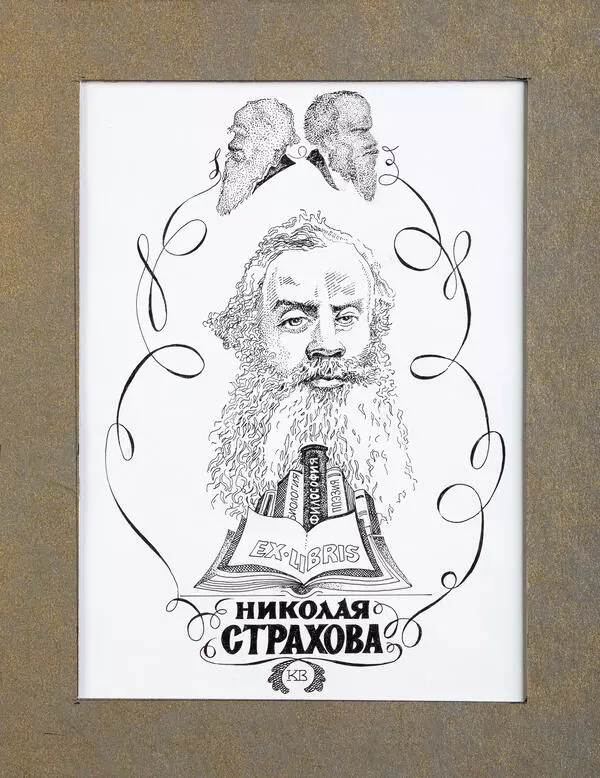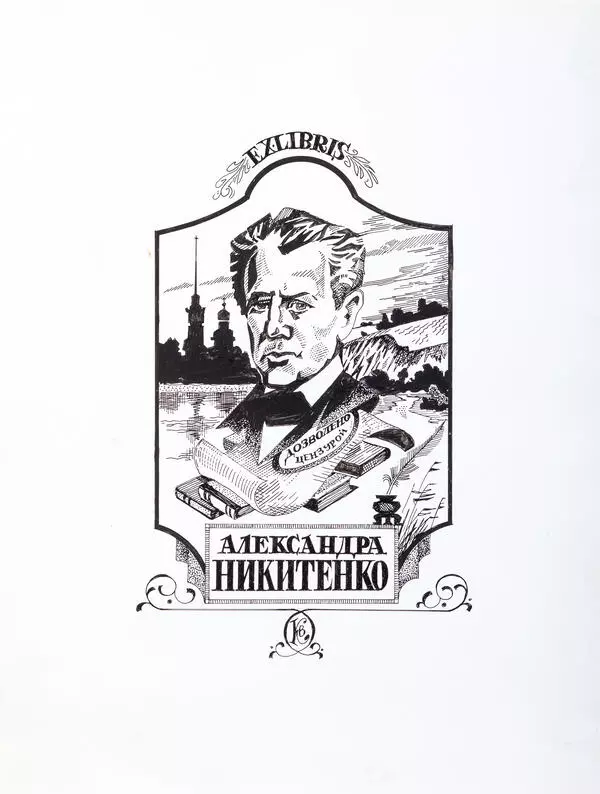Nikolay Dmitriyevich Anoshchenko was born in Belgorod into a family of a lawyer. In 1907, in Kursk, the future inventor saw a film for the first time in his life and it made a lasting impression on him.
After entering a gymnasium in Moscow, Anoshchenko began to study the art of cinema in more detail while also developing a penchant for aviation, which back then was rapidly advancing. In 1910, as part of the first homemade glider plane contest in the country, he built his own flying model and was awarded an honorary silver token by the scientist Nikolay Yegorovich Zhukovsky.
At the age of 15, he wrote his first book on aeromodelling entitled “How to Make a Working Model of an Airplane, Glider, and Helicopter”.
After graduating from the gymnasium in 1914, he was going to enter the Paris Higher School of Aeronautics but never did: on August 1, Germany declared war, and instead of going to Paris, Anoshchenko volunteered to serve in an aviation detachment.
During the war, he was promoted from junior officer to commander of a balloon; he was also the first Soviet soldier to make a parachute jump from a height of about a kilometer and received six decorations, including the Order of Saint George.
Anoshchenko entered the Russian Civil War as assistant chief of the Air Fleet.
After the revolution, Nikolay Anoshchenko became engaged in scientific and instructorship activities.
In 1918, the People’s Commissar for Education invited Anoshchenko to work as a technical advisor, and so the latter created his first scripts for educational films about aviation.
In 1924, Anoshchenko became a student at the Institute of Cinematography. There he demonstrated his skills as a screenwriter, director, and especially an operator. After receiving his diploma, Nikolay Anoshchenko devoted over thirty years of his life to teaching at that institute, introduced new courses in cinematographic engineering and film production technology, created a continuous film motion projector, and shot the first USSR color documentary called “Labor Day”.
At the end of 1973, Nikolay Anoshchenko donated copies of his books and exhibits related to his career in aviation and cinema to the Belgorod Museum of Local Lore. After the inventor’s death, his son gave the museum an archive that included letters, photographs, and memoirs. Some excerpts from Anoshchenko’s memoirs can be found in the anthology “Literary Monuments of the Belgorod Region”. They are accompanied by the displayed bookplate, created by the artist Vladimir Vladimirovich Kozmin.
After entering a gymnasium in Moscow, Anoshchenko began to study the art of cinema in more detail while also developing a penchant for aviation, which back then was rapidly advancing. In 1910, as part of the first homemade glider plane contest in the country, he built his own flying model and was awarded an honorary silver token by the scientist Nikolay Yegorovich Zhukovsky.
At the age of 15, he wrote his first book on aeromodelling entitled “How to Make a Working Model of an Airplane, Glider, and Helicopter”.
After graduating from the gymnasium in 1914, he was going to enter the Paris Higher School of Aeronautics but never did: on August 1, Germany declared war, and instead of going to Paris, Anoshchenko volunteered to serve in an aviation detachment.
During the war, he was promoted from junior officer to commander of a balloon; he was also the first Soviet soldier to make a parachute jump from a height of about a kilometer and received six decorations, including the Order of Saint George.
Anoshchenko entered the Russian Civil War as assistant chief of the Air Fleet.
After the revolution, Nikolay Anoshchenko became engaged in scientific and instructorship activities.
In 1918, the People’s Commissar for Education invited Anoshchenko to work as a technical advisor, and so the latter created his first scripts for educational films about aviation.
In 1924, Anoshchenko became a student at the Institute of Cinematography. There he demonstrated his skills as a screenwriter, director, and especially an operator. After receiving his diploma, Nikolay Anoshchenko devoted over thirty years of his life to teaching at that institute, introduced new courses in cinematographic engineering and film production technology, created a continuous film motion projector, and shot the first USSR color documentary called “Labor Day”.
At the end of 1973, Nikolay Anoshchenko donated copies of his books and exhibits related to his career in aviation and cinema to the Belgorod Museum of Local Lore. After the inventor’s death, his son gave the museum an archive that included letters, photographs, and memoirs. Some excerpts from Anoshchenko’s memoirs can be found in the anthology “Literary Monuments of the Belgorod Region”. They are accompanied by the displayed bookplate, created by the artist Vladimir Vladimirovich Kozmin.

